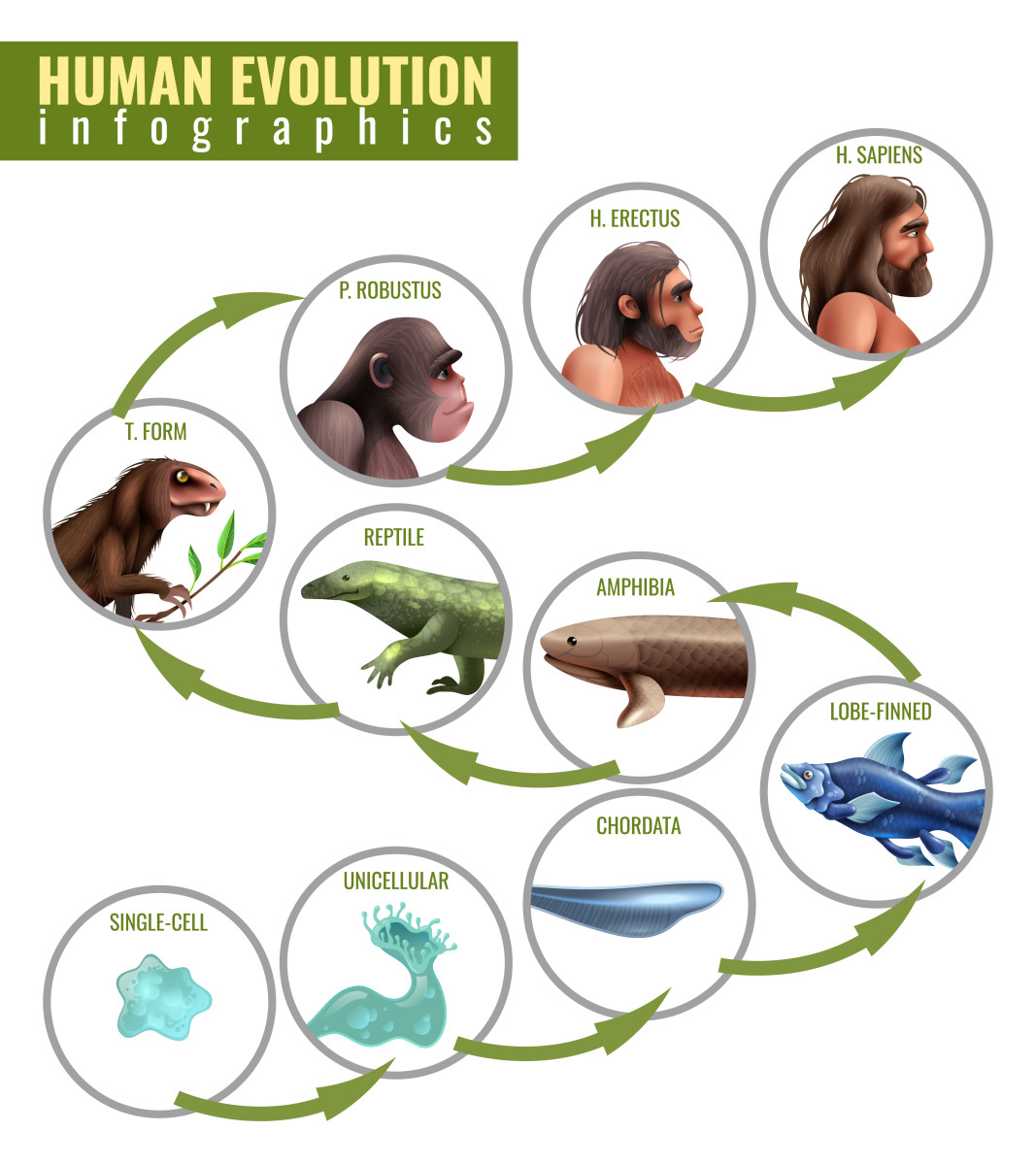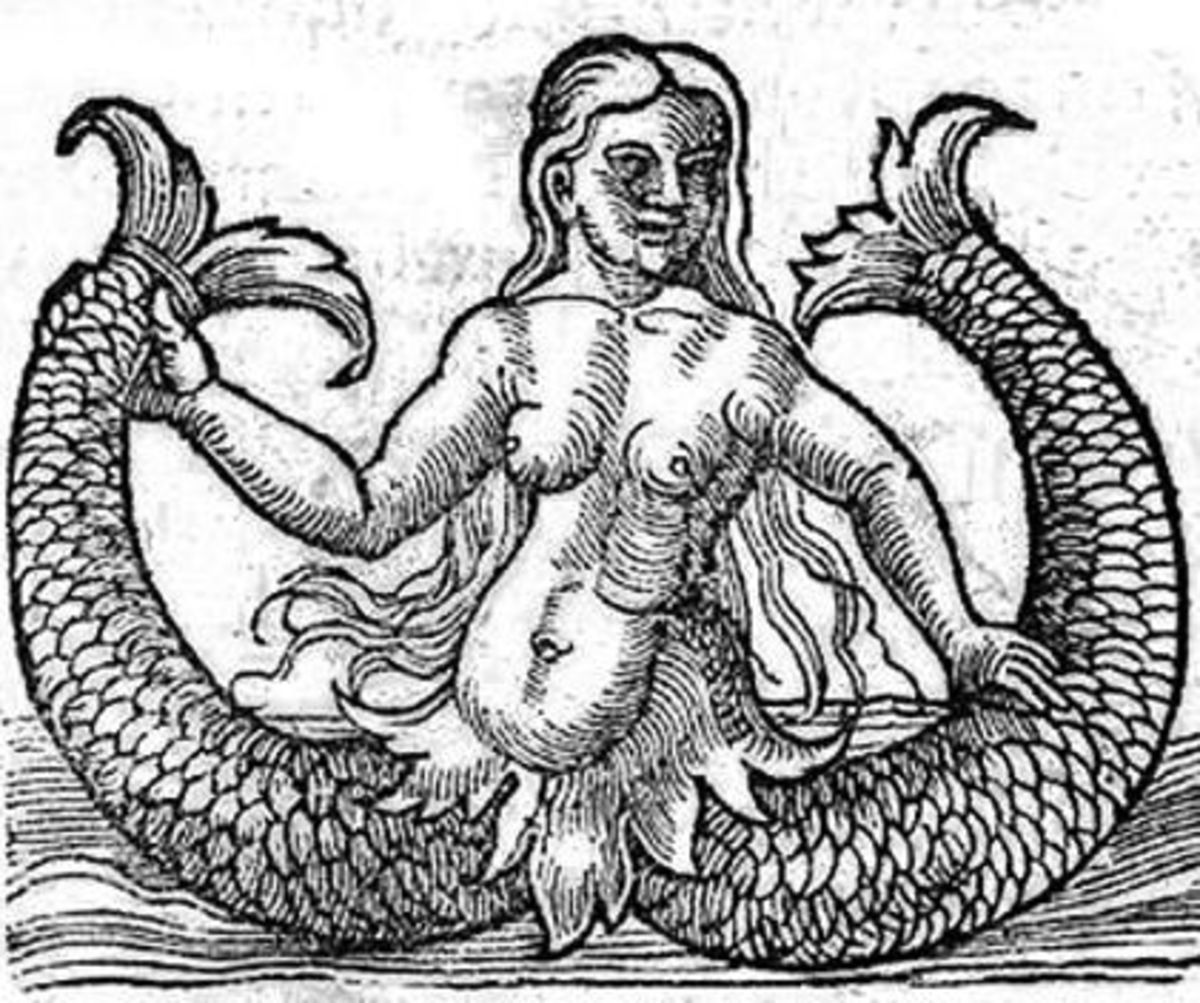- HubPages»
- Education and Science»
- Sociology & Anthropology»
- Folklore & Mythology»
- Legendary Creatures & Cryptids
The Age of Dragons
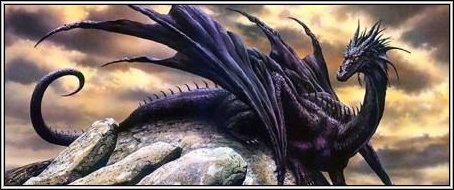

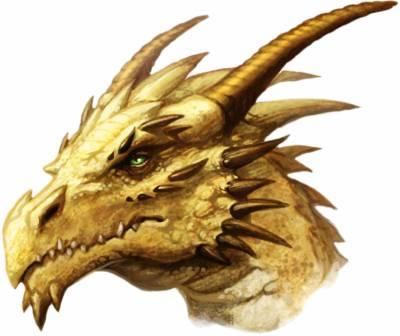
Ancient explorers and historians, like Josephus and Herodotus wrote about flying reptiles in early Egyptian and Arabian civilizations. Marco Polo in his travels to the province of Karajan also told of giant serpents, having two short front legs with three claws, jaws large enough to consume a man and razor sharp teeth. Were they dragons or something else?
Dragon pictures are drawn on cave walls and written about in ancient literature in virtually every culture around the globe. Many researchers believe they were actually dinosaurs. Descriptions detailed in dragon folklore undoubtedly resemble some known dinosaurs that existed in the past. Even today there are reports of unusual dragon or sea monster sightings. And a few species with dragon like characteristics thought to be extinct have been captured.
Scientists believe dinosaurs died out during the ice age and since, stories of dragons have been handed down from generation to generation.
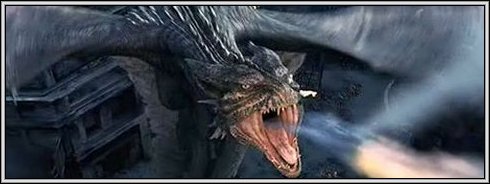

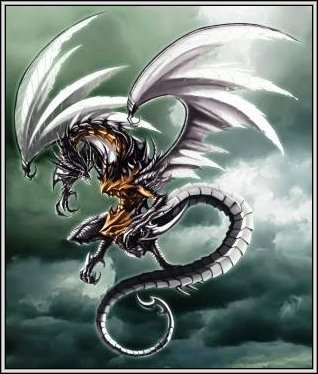
These stories could be construed as legends, but legends usually have some basis in fact. It’s would be easy to transform a dinosaur sighting into a dragon tale. Even some modern day lizards look strangely like dragons told about in legends. A larger version might very well be mistaken for such a creature.
There are countless Chinese stories of dragons. It is interesting to note the twelve signs of the Chinese zodiac are represented by 12 animals. Eleven of these exist today. Is it logical to assume the ancient Chinese would include one mythical creature when the rest were real? Chinese dragon lore dates back over 2,000 years. They were regarded as magical, sacred beings and represented power.
In medieval times the Vikings positioned dragon figurines at the helm of their ships to ward off sea monsters. Many fantastic tales of various monsters have been recorded throughout the annals of maritime history. Likewise, Konrad Gesner, a noted 16th century Swiss naturalist and physician, published a four-volume encyclopedia entitled Historiae Animalium where he describes dragons as “very rare but still living creatures.” Pliny the Elder also made reference to large dragons in India in his publication Natural History.


As recently as the 17th century, scholars wrote about dragons as real creatures appearing to be closely related to serpents. On April 26, 1890 an Arizona newspaper, Tombstone Epitaph, carried a story about two cowboys who had shot down a “winged dragon.” The story described the beast as having a wingspan of 160 feet and looked like a pterodactyl, but a great deal larger. Could it have been the legendary Thunderbird or Wakinyan, of Sioux Indian renown?
An old Assiniboine story, a Siouan Native American/First Nations people originally from the Northern Great Plains of the United States and Canada, tells of a war party that sited some large lizards. The warriors decided the big lizards were bad medicine and should be left alone. However, one ambitious tribe member seeking glory went off alone and attacked one with a lance. The tale ends with the warrior being killed and eaten because his lance was unable to penetrate the creature’s scaly hide.
But, whether dragons as known in fairytales and folklore ever existed is really no longer important. There have been no recent headlines about fire breathing, winged serpents carrying people off. What’s important is what they represent to various cultures.
To the Chinese, the Imperial Dragon is considered the most important of four compassionate, caring and benevolent spiritual animals. The other three are the phoenix, unicorn and tortoise. The Chinese dragon has unparalleled wisdom and power. It symbolizes the Emperors themselves, who were actually called dragons.The Celestial Chinese Dragon, to many Chinese, represents their race who proudly proclaim they are descendants of the dragon. Dragons are referred to as divine mythical creatures that bring abundance, prosperity and good fortune.
Furthermore, the dragon is seen differently between the east and west. Eastern Dragons are beautiful, friendly, and wise. They are loved and worshiped. Temples and shrines have been built to honor them, for they control the rain, and forces of nature. Many Chinese cities have pagodas where people burned incense and prayed to them. Dragon shrines can still be seen in many parts of the Far East, usually along seashores and riverbanks, because most eastern dragons lived in water.
Oriental astrologers claim The Year of the Dragon, which takes place ever twelve years, is lucky for those born under that sign. They enjoy health, wealth and long life. Dragon people are self confident and perfectionists, but also impulsive, usually don’t listen to the advice of others and are prone to quick tempers. They are also said to be honest and rarely ask for help preferring to work alone.
As one can see, eastern cultures view dragons as mostly benevolent, whereas in the west dragons are usually depicted as evil creatures.





